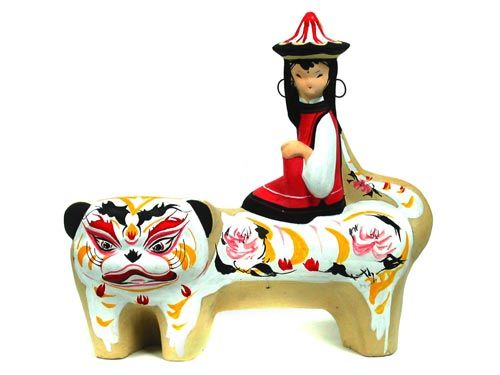As the capital of china,BeijingIs a city with a long history, has a rich cultural heritage. Now, every year there are countless tourists came to Beijing, in the city feel our nation once brilliant. Most of the tourists must travel toTiananmen,The Imperial Palace,Summer PalaceAnd other famous scenic spots, however this is not the historical heritage of Beijing all. Many of the material cultural heritage is the eyes of the people of the city of Beijing, there is an invisible Beijing city waiting for people to feel.
The Beijing history of four thousand years and over eight hundred and fifty years history of the left abundant non-material cultural heritage of the city. Can be divided into ten aspects of art, traditional handicrafts, entertainment and sports, drama, opera, music, dance, oral culture, traditional medicine and folk customs. If the material cultural heritage is a fossil, the intangible cultural heritage is the living fossil. Rich Beijing ancient architecture is the solidification of the heritage resources, and those artists who retained in the history of the intangible cultural heritage is a dynamic cultural resources, is the carrier of Beijing people's memory. Beijing intangible cultural heritage by the traditional way of firsthand through time and space, continued existence, living rheology is its basic feature. In the inheritance process, both the previous experience of the enlightenment, and your experience of the present cultural memory storage, is a wonderful, dynamic.
 Clay Hu Shengxiao
Clay Hu Shengxiao����First, arts and crafts, and later Beijing City
Beijing intangible cultural heritage like the city of Beijing as the gene, which includes not only the accumulation of past generations of information, but also carries the possibility of future development in Beijing. The intangible cultural heritage in Beijing's history is the history of Beijing, famous experts, China folk association Dr. Han Lianyun over the years, the intangible cultural heritage of Beijing has a deep research, he thought the first arts and crafts, and later Beijing city.
Han Lianyun said that as early as 18000 before the cave people, can through various forms of performance of their own culture. In the summer, Shang and Zhou period, Beijing's intangible cultural heritage has been responsible for the professional sector. Yuan Dynasty, Beijing became the center of Chinese political culture, nomadic culture and the Central Plains cultural exchange collisions, aggregation and dissemination of intangible culture unusually active. Beijing as the Imperial City, gathered around the country the best craftsmen. The beginning of the Yuan Dynasty, rattling killed many people, but the artisans, craftsmen don't kill, bring them back to Beijing, will greatly promote the development of handmade art.
Ming Dynasty was an important era art pattern formation in Beijing, Beijing's non-material culture is deeply under the Royal brand of the art, folk art is also exist as relative Palace art. Qing Dynasty, Beijing art again experienced the baptism of the national fusion, the Qing Dynasty has made the office, government supervision, from all over the selection of outstanding craftsman to Beijing on duty by turns make carpenter. The country's skilled workmen gathered in Beijing, and the Beijing local art integration, selection and transformation of the court by grade, formed the brilliant court skills, and become the mainstream of Beijing art. As China's political center in Beijing after the development for hundreds of years, almost all of the technology varieties.
Open the intangible cultural heritage of Beijing history, like reading the history of Beijing. The rise and fall of the rise and fall of the national intangible cultural heritage are closely linked. In different periods of the intangible cultural heritage also indicates that people's life, aesthetic taste, values and so on, is picturesque volume generally depict Beijing city memory.
On one page123The next page |
No comments:
Post a Comment